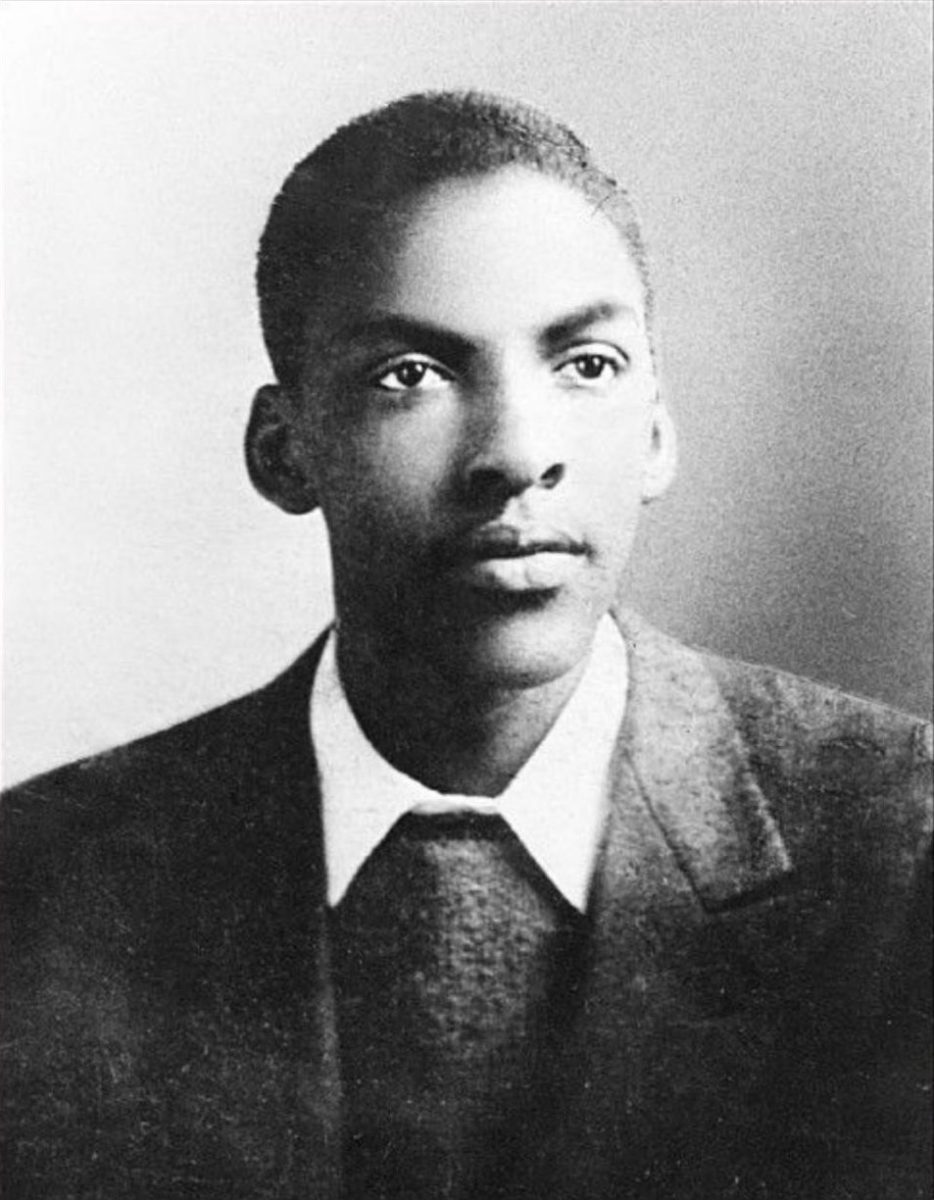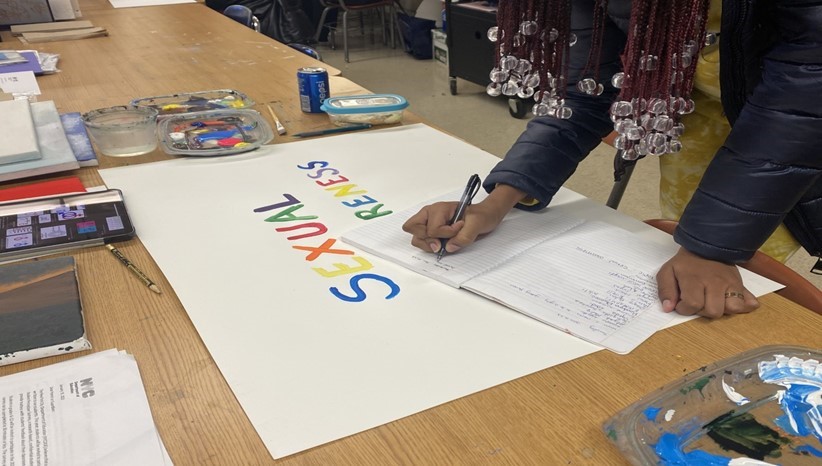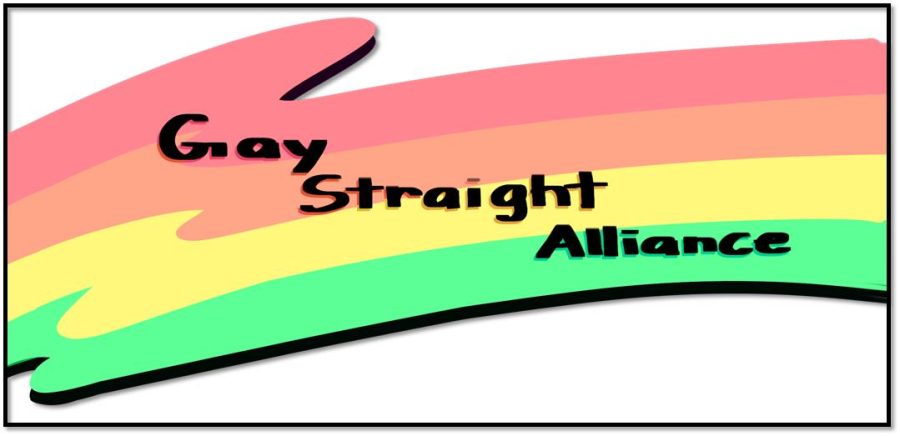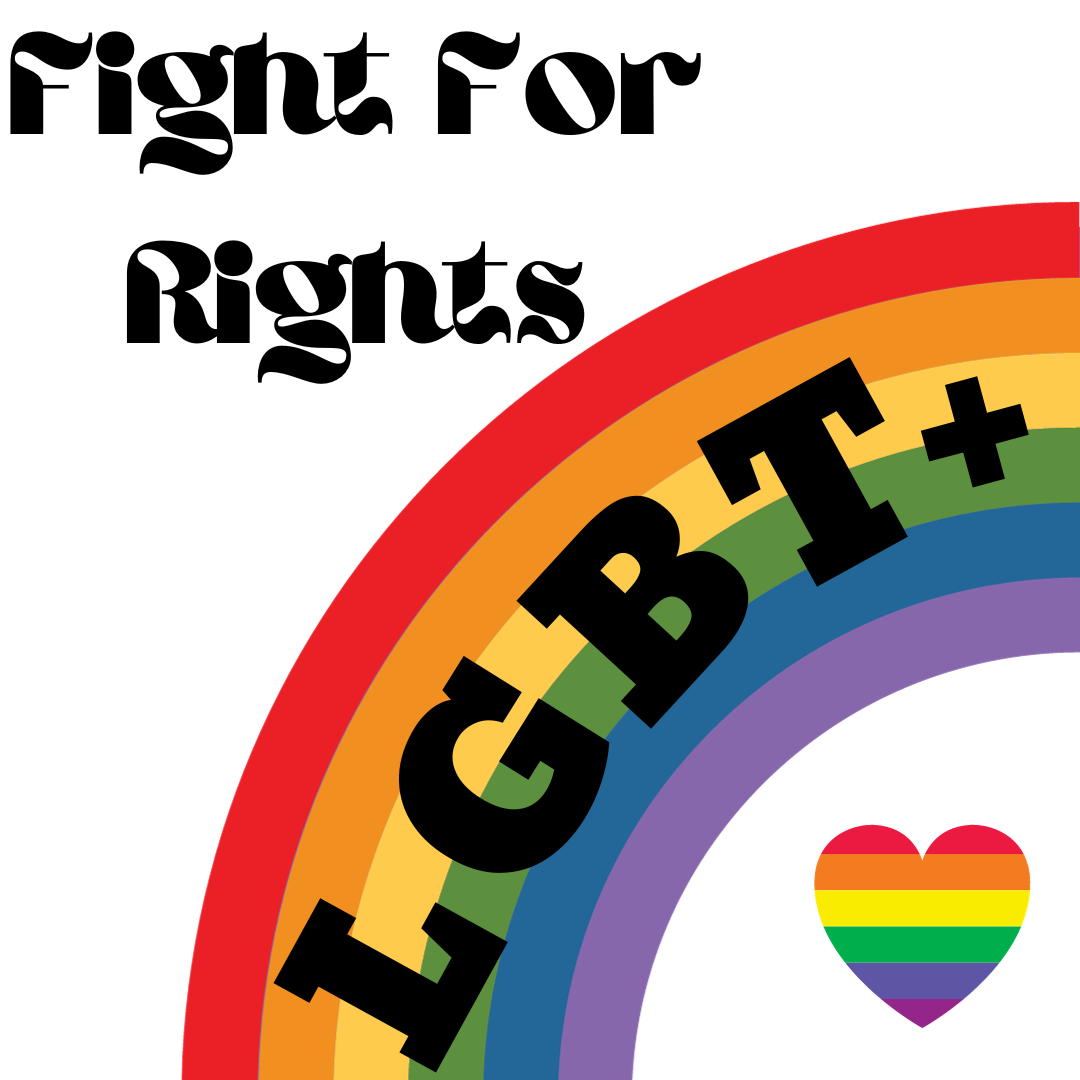

Queens Preparatory Academy is a diverse school, welcoming people from all over the world into our community. We welcome everyone no matter their race, nationality, religion, gender or sexual orientation. Furthermore, here at QPA we have a Gay-Straight Alliance club that has been a part of our community for three years. The club is a part of the GSA organization that supports and brings together LGBTQ+ youth to embrace and celebrate who they are.
Now, throughout American history, the fight for the rights of all LGBTQ+ people has been a long and grueling process. For decades, they have fought for the right to be seen, heard, and accepted by others. Political movements for their rights began early in the 20th century, and the fight for equality still continues today. Here’s a look at some key moments in this fight for equal rights.
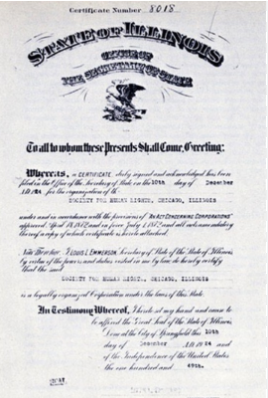
December, 1924
The first and oldest documented gay rights organization in America, The Society for Human Rights is founded by Henry Gerber in Chicago, Illinois. The organization produces the first American publication for gay people entitled Friendship and Freedom. However, less that a year later, due to intense political pressure the organization ceases to exist. The police raid Gerber’s home, confiscate his possessions and place him under arrest. He is put on trial on three different occasions, loses his life savings, his reputation and his job.

December, 1950
On this day the U.S. Congress issues a report that states homosexuality is a mental illness and homosexuals “constitute security risks” to the nation. This document was distributed to members of congress after the federal government “covertly” investigated employees’ sexual orientation. Once the investigation begins, considerable effort is put into removing homosexual and similar undesirable employees from positions in the government. This is a great invasion of privacy for many people.

April, 1952
The American Psychiatric Association’s manual lists homosexuality as a “sociopathic personality disturbance” that could be treated. However, immediately after the manual’s release professionals criticize the categorization due to its lack of empirical and scientific data. In 1973, the organization votes to remove homosexuality from its list of mental illnesses. However, to this day the effects of putting homosexuals on this list still has negative repercussions for those in the LGBTQ+ community. To this day, when people from this community come out they are often considered to have mental instability and be mentally ill to those who are not accepting of gender and sexual diversity.

April, 1953
President Dwight Eisenhower signs Executive Order 10450, banning homosexuals from working for the federal government in any way and listing homosexuals as security risks.
January, 1958
The Supreme Court issues a decision in favor of the publishing of the LGBT ‘One Magazine.’ The landmark decision states that the first amendment of free speech protects the rights of the lesbian, gay, bisexual and transgender publications. This is the very first time the U.S. Supreme Court rules in favor of homosexuals in America.

June, 1969
In the early Saturday morning hours of June 28, 1969 the NYPD conducts an unprovoked raid at The Stonewall Inn, a gay bar in New York City that caters to the people of the LGBTQ community. In response to an unwarranted police raid over 400 people including gay, lesbian, bisexual, transgender and straight people protest their treatment and push the police away. The Stonewall Riots became a very important and defining moment for gay rights in the United States and all over the world.
The first Pride march in New York City was held in June, 1970 on the one-year anniversary of the Stonewall Riots. Since then, the month of June marks “Pride Month” for the LGBTQ+ community where many people unite to show their pride with parades and flags, worldwide.
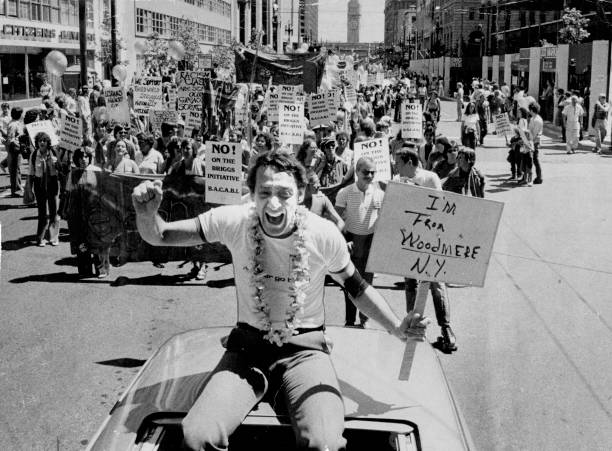
January, 1974
Kathy Kozachenko becomes the first openly gay American elected to a public office when she wins a seat on the Ann Arbor, Michigan City Council.
November, 1977
Harvey Milk became one of the first openly gay men elected to public office in the United States when he wins a seat on the board of supervisors in 1977. He becomes the third “out” elected public official in the United States. An outspoken advocate for gay rights, he urges others to come out and fight for their rights.

October, 1979
An estimated 75,000 people participate in the National March on Washington for Lesbian and Gay Rights. LGBTQ+ people and straight allies took to the National Mall in 1979 for the first Pride rally to push for equal rights in the gay community and the freedom to live openly.
March, 1987
AIDS advocacy group ACT UP is formed in response to the affects the disease has had on the gay and lesbian community in New York. The group is founded to impact the lives of people living with AIDS and to advocate for legislation, medical research and treatment.
December, 1993
The U.S. Congress passes and President Bill Clinton signs the “Don’t Ask Don’t Tell” policy that allows gay and lesbian people to serve in the military. This legislation enables them to serve. However, it also requires that they keep their sexuality a secret.
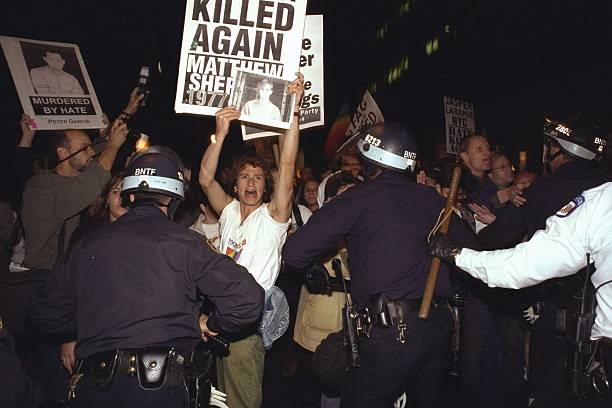
October, 1998
Matthew Shepard, a 21-year-old student at the University of Wyoming, is brutally attacked by two men and dies from his wounds several days later. This is one of the most notorious anti-gay hate crimes in America, and leads to the passing of the the “Hate Crimes Prevention Act” in 2009. a federal law against bias crimes directed at a person’s sexual orientation.
May, 2004
Massachusetts becomes the first state to legalize gay marriage. The court finds the prohibition of gay marriage unconstitutional since it “denies dignity and equality of all individuals.”
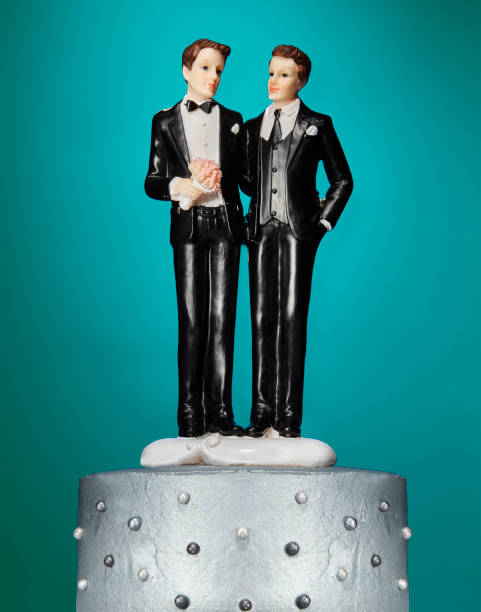
December, 2010
The U.S. Senate votes 65-31 to repeal, and President Barack Obama signs the repeal of “Don’t Ask Don’t Tell” legislation so that gay and lesbian people could serve openly in the military.
May, 2012
New York City Council Speaker Christine Quinn becomes the first female and first openly gay person to hold the position in the city, marrying her longtime partner during a well-publicized ceremony at the Highline Stages event space in New York City’s meatpacking district.
June 26, 2015
With the court voting 5-4 in the case of Obergefell v. Hodges, the U.S. Supreme Court declares same-sex marriage legal in all of the 50 states.
Your donation will support the student journalists of Queens Preparatory Academy. Your contribution will allow us to purchase equipment and cover our annual website hosting costs.


